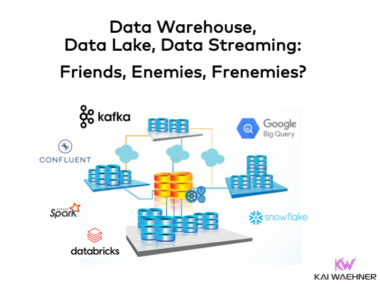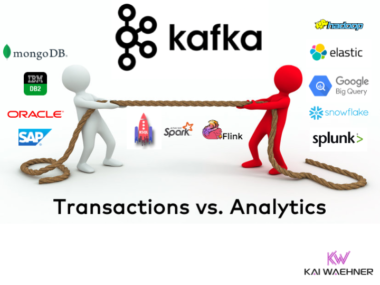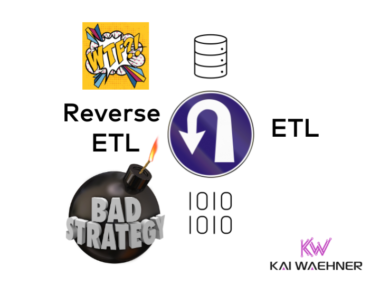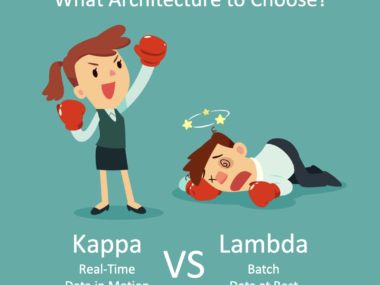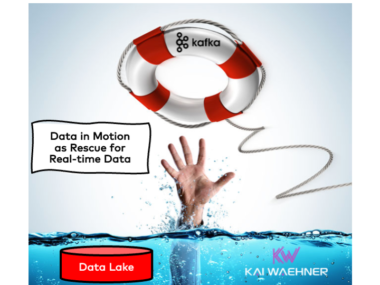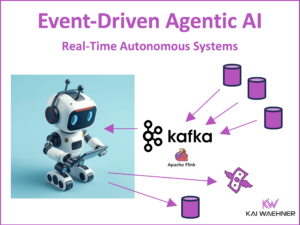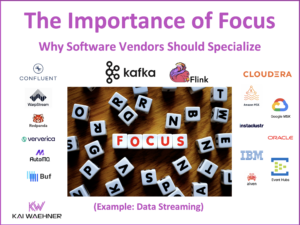Data Warehouse vs. Data Lake vs. Data Streaming – Friends, Enemies, Frenemies?
The concepts and architectures of a data warehouse, a data lake, and data streaming are complementary to solving business problems. Unfortunately, the underlying technologies are often misunderstood, overused for monolithic and inflexible architectures, and pitched for wrong use cases by vendors. Let’s explore this dilemma in a blog series. This is part 1: Data Warehouse vs. Data Lake vs. Data Streaming – Friends, Enemies, Frenemies?

